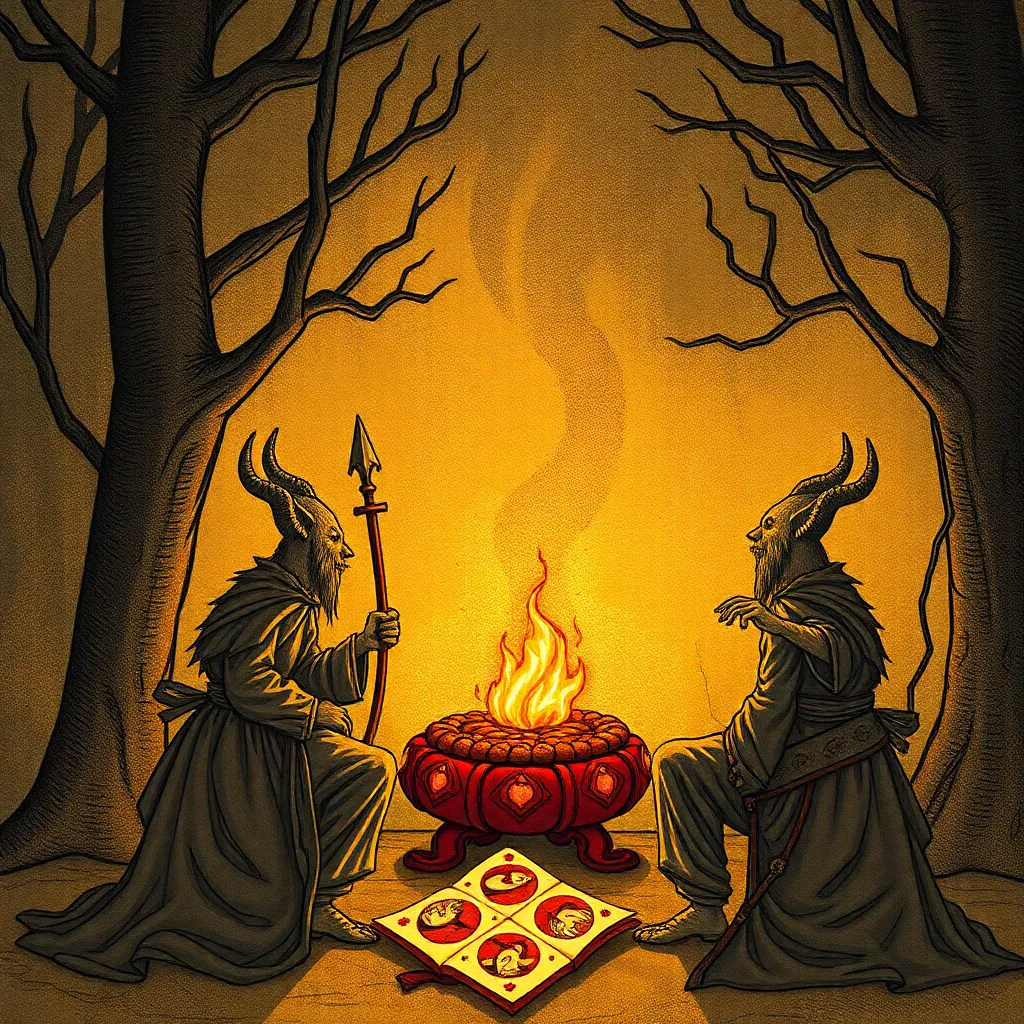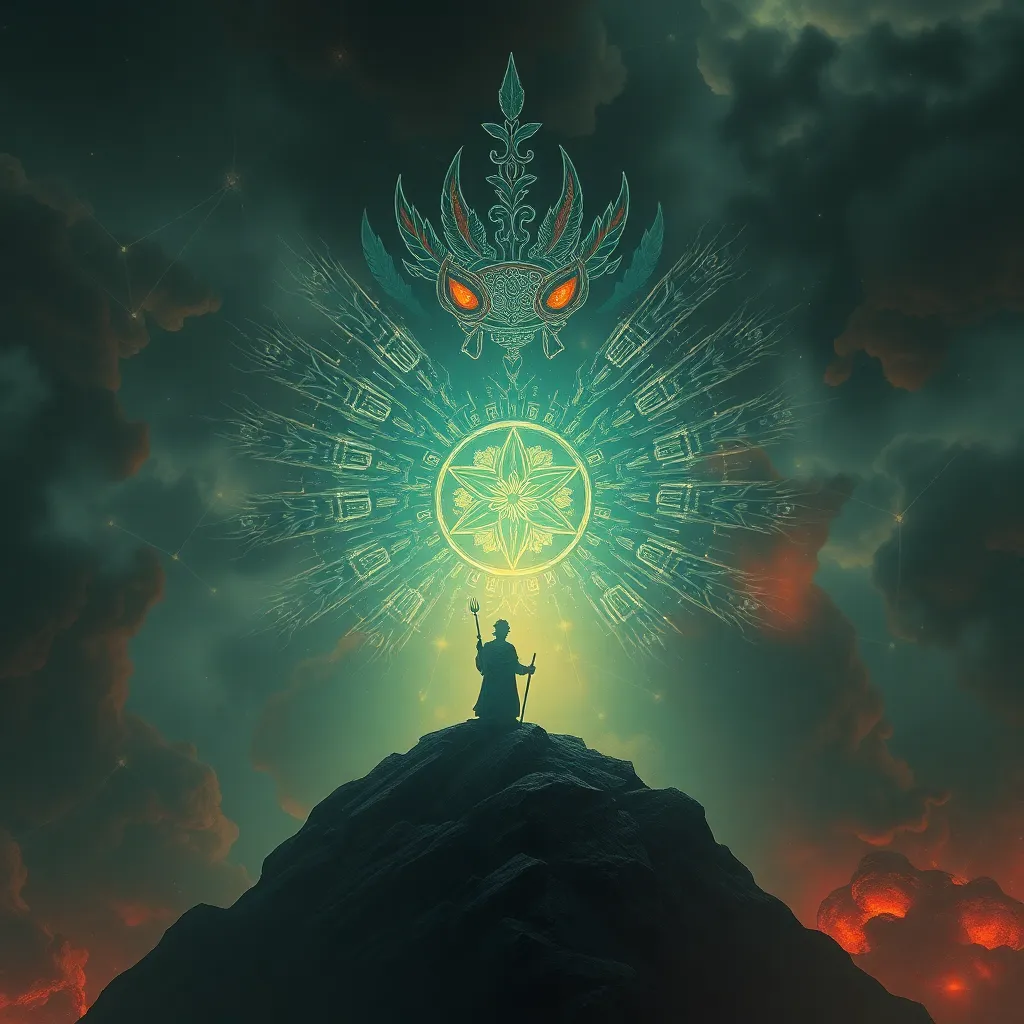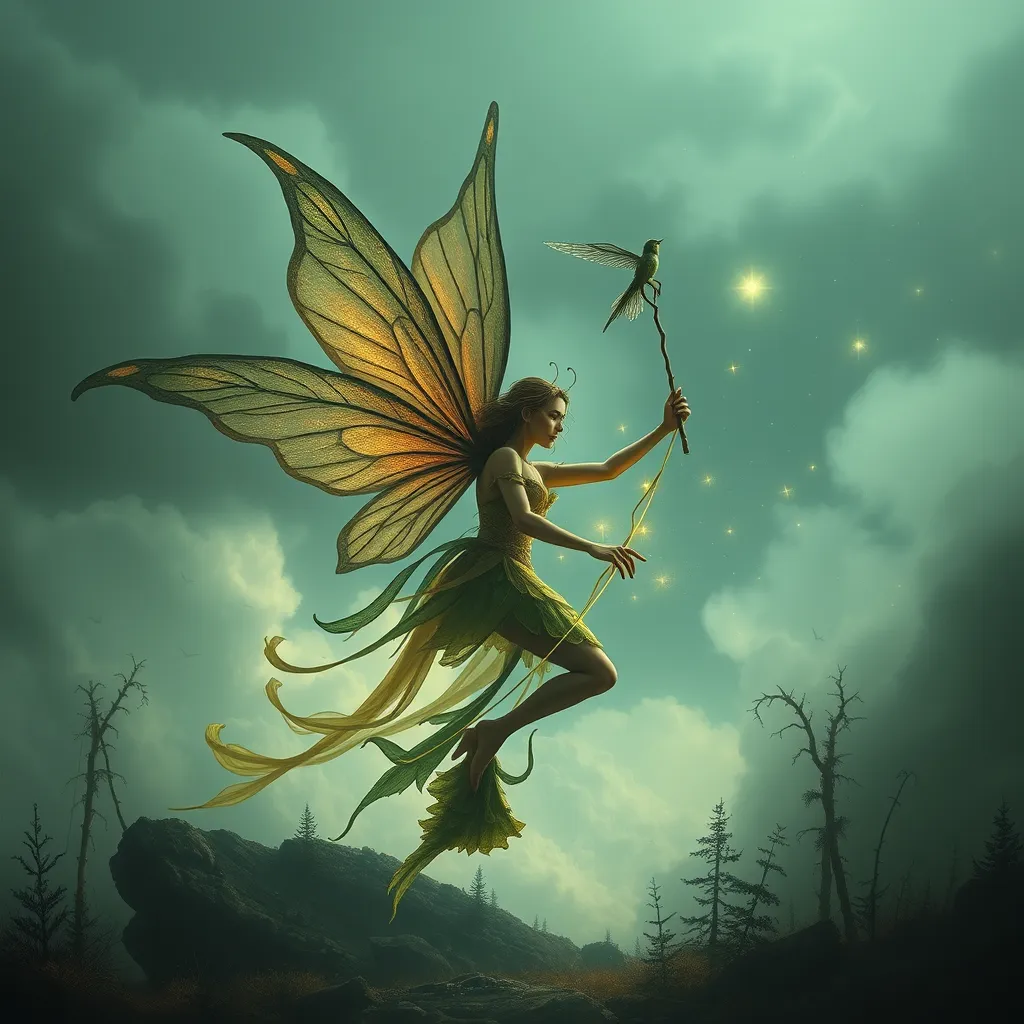The Selkie and the Supernatural: Exploring the Myth’s Connection to the Otherworldly
I. Introduction
In the realm of folklore, Selkies are captivating creatures known for their ability to transform from seals into humans. Originating primarily from Celtic mythology, these beings embody the connection between the human world and the supernatural. The myths surrounding Selkies often intertwine with elements of the otherworldly, evoking themes of love, loss, and the straddling of two distinct realms. This article aims to delve into the rich tapestry of Selkie myths, exploring their connection to the supernatural and the broader implications of these enchanting tales.
II. Historical Context of Selkie Myths
The origins of Selkie legends can be traced back to the shores of Scotland, Ireland, and Scandinavia. These regions have a long-standing tradition of sea-based folklore, where the interplay between humans and marine creatures is commonplace.
- Origins: Selkie legends are believed to have roots in pre-Christian Celtic beliefs, where the sea was viewed as a mystical entity inhabited by various supernatural beings.
- Geographic Significance: The coastal communities of Scotland and Ireland played a pivotal role in shaping Selkie narratives, with each locality contributing unique variations of the myth.
- Evolution: Over the centuries, these stories have evolved, adapting to changing cultural contexts while retaining their core themes of transformation and longing.
III. Selkies: Half-Seal, Half-Human
Selkies are often depicted as beings of striking beauty, possessing both the sleek form of a seal and the alluring characteristics of a human. Their physical attributes contribute significantly to their mystique.
The transformation process is a central aspect of Selkie lore. Selkies are said to shed their seal skins to adopt human form, often leading to profound implications in their narratives.
- Physical Characteristics: Selkies are described as having dark, shimmering hair and enchanting eyes, embodying the allure of the sea.
- Transformation: The act of shedding their seal skin symbolizes the transition between two worlds, showcasing their duality.
- Symbolism of Duality: Selkies represent the liminal space between the human and animal realms, emphasizing themes of belonging and otherness.
IV. The Otherworld in Celtic Mythology
The Otherworld is a recurring theme in Celtic mythology, characterized as a realm separate from the physical world, often associated with the afterlife or a place of enchantment.
- Definition: The Otherworld is typically depicted as a paradise, where time flows differently, and the boundaries of reality are blurred.
- Comparison: Similar to other cultural supernatural realms, the Otherworld serves as a space for transformation, healing, and reflection.
- Role in Selkie Narratives: The Otherworld is often the destination or origin of Selkies, highlighting their connection to the mystical and the unknown.
V. Themes of Love and Loss in Selkie Tales
One of the most poignant themes in Selkie tales is the exploration of love and loss. The romantic relationships between humans and Selkies are often fraught with challenges and consequences.
- Romantic Relationships: Selkies are frequently depicted as lovers who bring both joy and sorrow to their human partners.
- Consequences of Love: These stories often underscore the sacrifices made in love, leading to longing, separation, and heartache.
- Supernatural Implications: The love between humans and Selkies raises questions about identity, belonging, and the nature of desire.
VI. Selkies in Contemporary Culture
In recent years, Selkies have re-emerged in contemporary culture, finding new life in literature, film, and art. This resurgence reflects a growing interest in folklore and its relevance to modern society.
- Representation: Selkies are featured in various artistic mediums, often symbolizing the struggle between freedom and constraint.
- Resurgence of Interest: The revival of folklore in popular culture highlights its adaptability and enduring appeal.
- Environmentalism and Identity: Selkies are increasingly associated with themes of environmentalism, representing the connection between humanity and nature.
VII. The Selkie as a Symbol of the Otherworldly
Selkies serve as powerful metaphors for human emotions and experiences. Their existence in folklore challenges societal norms regarding love, belonging, and identity.
- Metaphors: Selkies encapsulate feelings of longing, isolation, and the desire for freedom, resonating deeply with the human experience.
- Themes of Freedom and Entrapment: The duality of their nature reflects the struggle between the desire for liberation and the constraints of societal expectations.
- Challenging Norms: Selkie myths interrogate traditional notions of love and belonging, emphasizing the complexity of human relationships.
VIII. Conclusion
In summary, the Selkie myth intricately weaves together themes of the supernatural, love, and loss, creating a rich narrative that resonates across cultures and eras. The enduring appeal of Selkies in contemporary culture underscores the importance of folklore in understanding the human experience. As we reflect on these enchanting tales, we are reminded of the powerful connection between humanity and the otherworldly, inviting us to explore our own identities and the mysteries of love and belonging.



